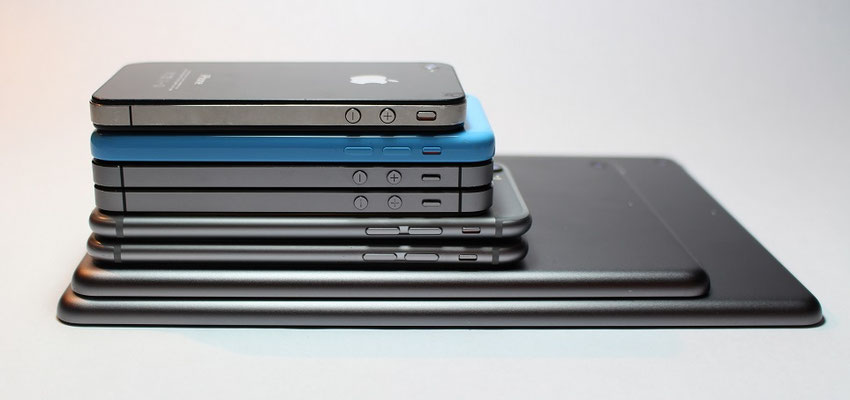
Are the iPhone 4 and 4S 4G Phones?
Posted April 11, 2020, 2:08 p.m. by Emil S.The iPhone 4 was released less than a year before the first 4G network rolled out in Europe. By the time 4G became a thing in the US, many started referring to it and the iPhone 4S as 4G phones, but are they 4G?
Neither the iPhone 4 nor 4S are 4G Phones
Both of these iPhones are 3G and not 4G smartphones. Simply put, they were a generation behind, and the introduction of 4G was a sign that their days were numbered. Even the iPhone 4S, which was a significant improvement in terms of performance, capacity, and features, wasn’t designed for 4G network architecture.
Adding to the misconception was when Apple updated its iOS to version 5.1 in 2012, and some iPhone 4S owners got a big surprise after they installed it. They noticed “4G” next to the AT&T logo, and it got them wondering if their 4S was suddenly a 4G smartphone.
It just so happened that AT&T, who at the time had just finished upgrading their 3G network from HSPA to HSPA+ (or HSDPA), called it 4G for promotional purposes – which it wasn’t. T-Mobile was the first to claim its HSPA+ network was 4G as a marketing ploy, arguing that the performance was closer to the newer standard.
That didn’t justify calling it 4G, and even AT&T criticized T-Mobile for that. But when the giant telco upgraded its 3G network to HSPA+, it too started referring to it as 4G. That was during a time when it was already laying the groundwork for its 4G network.
It’s Just a Model Name
The number “4” is just part of the iPhone 4 model’s name and is not there to indicate the model’s generation. Yes, that’s true, even if the iPhone 4 indeed is the 4th generation iPhone model.
To make it clear, the original iPhone was the 1st generation model. The 2nd generation iPhone model was the iPhone 3G (there was no iPhone 2). The 3rd generation was the iPhone 3GS, and then came the iPhone 4.
4G Broadband Cellular Network
4G (4th Generation) refers to a broadband cellular network standard and is a successor to the 3G standard. The 4G standard was determined and laid out by the ITU (International Telecommunication Union) in their IMT Advanced (International Mobile Telecommunications-Advanced) requirements. The IMT Advanced is a set of capabilities that a network must have if it’s to be considered 4G.
A 4G mobile device like a smartphone must have more advanced hardware and software, specifically designed to operate on a 4G network. The older technology in the iPhone 4 and 4S will confine them to run only on 3G networks.
For example, data exchange or data packet rates must have a peak of 100Mbps for mobile networks and 1Gbps for fixed wireless access. That’s way faster than the 14.4Mbps download and 5Mbps upload peaks that are attainable on a 3G network.
4G LTE Advanced
When people think of 4G, they also associate it with LTE (Long Term Evolution). It has become the most widespread network used by 4G devices around the world. Believe it or not, the original LTE was not even fully compliant with IMT Advanced 4G requirements because it could only support up to 300Mbps download and 75Mbps upload peaks.
It was only with the introduction of LTE Advanced (LTE-A) that LTE networks became fully 4G capable. Then what is the first 4G iPhone? iPhone 5, which is the 6th generation iPhone, was the first to run on a 4G network. It’s also backward compatible with 3G.
